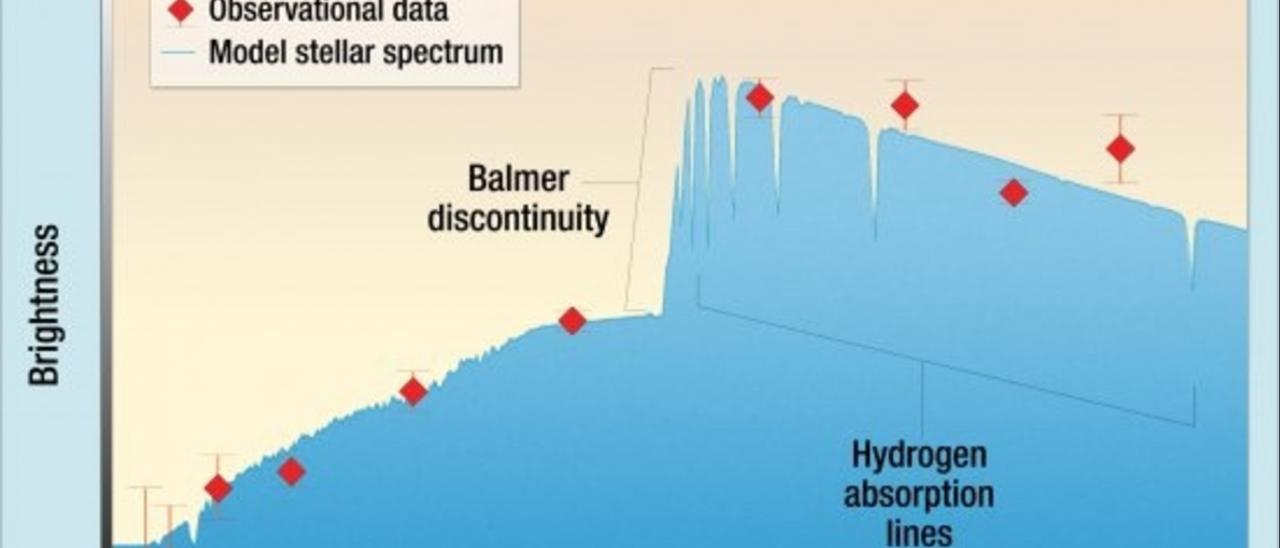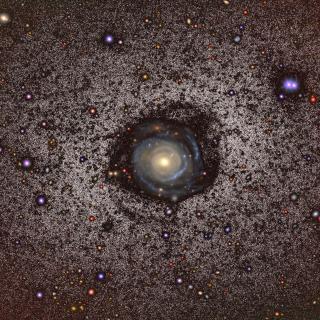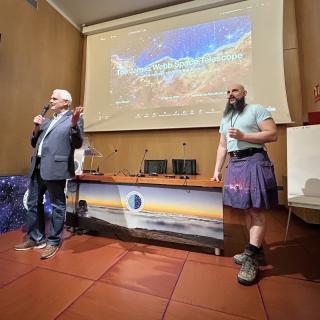Galaxy-cluster gravitational lenses can magnify background galaxies by a total factor of up to ~50. Here we report an image of an individual star at redshift z = 1.49 (dubbed MACS J1149 Lensed Star 1) magnified by more than ×2,000. A separate image, detected briefly 0.26″ from Lensed Star 1, is probably a counterimage of the first star demagnified for multiple years by an object of ≳3 solar masses in the cluster. For reasonable assumptions about the lensing system, microlensing fluctuations in the stars’ light curves can yield evidence about the mass function of intracluster stars and compact objects, including binary fractions and specific stellar evolution and supernova models. Dark-matter subhaloes or massive compact objects may help to account for the two images’ long-term brightness ratio.
Kelly et al. (2018) found that the Hubble data from MACS J1149+2223 Lensed Star 1 (Icarus) matches the model for a blue supergiant. The agreement shows a remarkably good fit, and indicates that Icarus is approximately twice as hot as the Sun.
Advertised on
Authors
References
2018 Nature Astronomy 2 334



